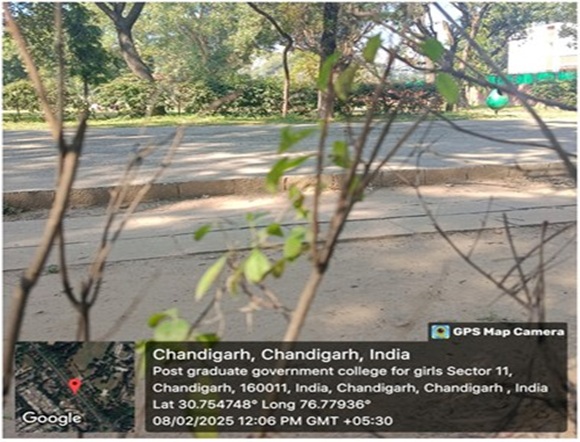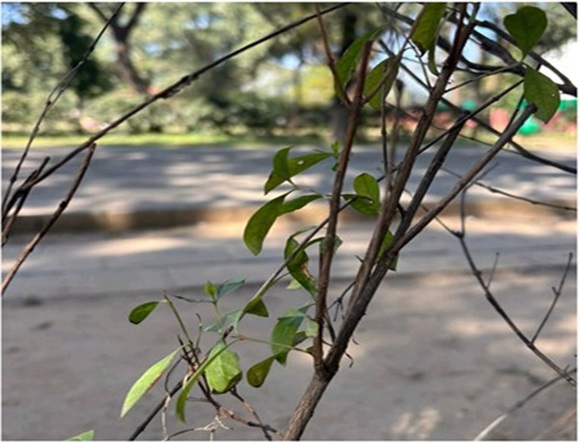

Habitat:
The henna plant is native to northern Africa, Asia and northern Australia, in semi-arid zones and tropical areas.
Flowering season:
It typically falls between January and April.
Fruiting season:
It typically occurs from late summer to early autumn with fruits ripening in the end of summer.
Climatic conditions:
It requires high temperatures (~25°C) for germination, growth and establishment. It grows best in areas where mean annual temperatures are within the range 19-27°C and mean annual rainfall ranging from 500 mm to 1500 mm. It can grow on poor, stony, and sandy soils, but it is also adapted to heavy, fertile clay soils.
Seed propagation:
Sow the seeds ¼ inch deep and 1-2 inches apart.- Cover the seeds with a thin layer of the seed starting mix. - Water gently.
Parts used:
The leaves are the source of a reddish-brown dye, known as henna, which is commonly used for temporary body art and to dye fabrics. The plant bears small opposite leaves and small, fragrant, white to red flowers.

Leave A Comment